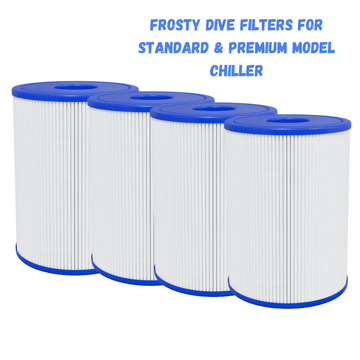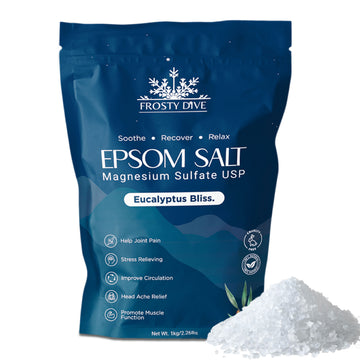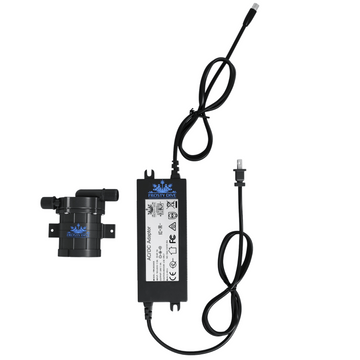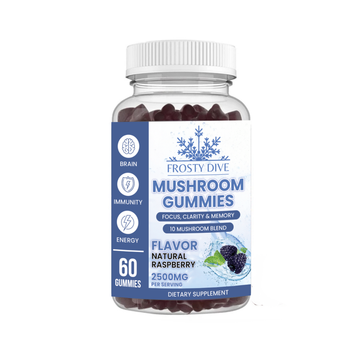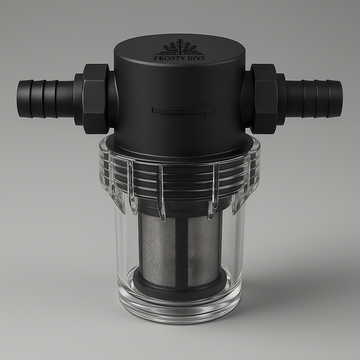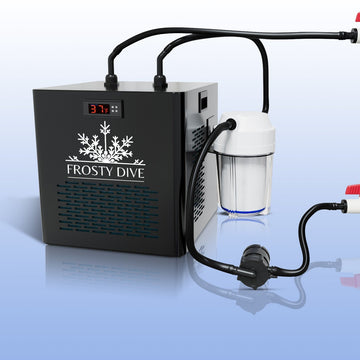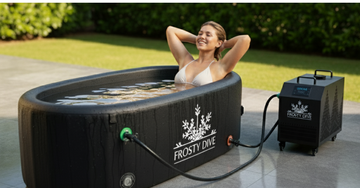Cold water immersion has long been a favored method for muscle recovery and overall well-being. Traditionally, this practice involved filling a tub with cold water and adding ice to achieve the desired temperature. However, advancements in technology have introduced water chillers, offering a more efficient and convenient approach to cold plunges.
This blog post explores the function of water chillers in maintaining consistent cold temperatures without the hassle of adding ice and compares traditional ice baths to modern setups equipped with water chillers, emphasizing convenience and efficiency.
The Function of Water Chillers in Cold Plunges
Water chillers are devices designed to cool water to specific temperatures, ensuring a consistent and controlled environment for cold therapy. They operate by circulating water through a refrigeration system that extracts heat, thereby lowering the water temperature. This process eliminates the need for manual ice addition, providing a hassle-free cold plunge experience.
The primary components of a water chiller include a compressor, evaporator, condenser, and refrigerant. The compressor pumps the refrigerant through the system, where it absorbs heat from the water in the evaporator. The heated refrigerant then moves to the condenser, releasing the absorbed heat into the surrounding environment before returning to the evaporator to repeat the cycle. This continuous process maintains the water at a consistent, pre-set cold temperature.
Advantages of Water Chillers in Cold Plunges
- Consistent Temperature Maintenance
One of the significant benefits of using a water chiller is the ability to maintain a consistent water temperature. Traditional ice baths often experience temperature fluctuations as the ice melts, leading to inconsistent therapy sessions. In contrast, water chillers can be set to a specific temperature, ensuring uniformity throughout the immersion period.
- Convenience and Time Efficiency
Preparing a traditional ice bath requires sourcing large quantities of ice, which can be time-consuming and inconvenient. Water chillers eliminate this step by providing an on-demand cold water supply, ready whenever needed. This convenience is particularly beneficial for individuals with busy schedules or those who require regular cold therapy sessions.
- Cost-Effectiveness
While the initial investment in a water chiller may be higher, it can lead to cost savings over time. Regularly purchasing ice for traditional baths can accumulate significant expenses. In contrast, water chillers, once installed, incur minimal ongoing costs, primarily related to electricity consumption.
- Environmental Considerations
Using water chillers reduces the demand for ice production and transportation, leading to a lower environmental footprint. Additionally, many modern chillers are designed to be energy-efficient, further minimizing their ecological impact.
- Traditional Ice Baths: An Overview
Traditional ice baths involve filling a tub with cold water and adding ice to lower the temperature to the desired level, typically between 50°F and 59°F (10°C to 15°C). Individuals then immerse themselves in the icy water for a set period, usually ranging from 10 to 15 minutes, to achieve therapeutic benefits such as reduced muscle soreness and inflammation.
Challenges Associated with Traditional Ice Baths
- Inconsistent Temperature
As ice melts, the water temperature rises, leading to inconsistent cold exposure. This variability can affect the effectiveness of the therapy and may require adding more ice to maintain the desired temperature.
- Preparation and Maintenance
Gathering sufficient ice for each session can be cumbersome and may not be practical for daily use. Additionally, managing the melting ice and water levels adds to the maintenance efforts.
- Cost Implications
Regularly purchasing large quantities of ice can become expensive over time, making traditional ice baths less economical for frequent users.
- Environmental Impact
The continuous need for ice contributes to higher energy consumption associated with ice production and storage, leading to a larger environmental footprint.
Comparing Traditional Ice Baths to Modern Setups with Water Chillers
When evaluating traditional ice baths against modern setups equipped with water chillers, several factors highlight the advantages of the latter:
- Temperature Control
Water chillers offer precise temperature control, allowing users to set and maintain their preferred cold levels consistently. This precision enhances the effectiveness of cold therapy sessions.
- User Convenience
Modern cold plunge setups with water chillers provide immediate access to cold therapy without the need for extensive preparation. This on-demand availability encourages regular use and integrates seamlessly into daily routines.
- Long-Term Cost Efficiency
Although the upfront cost of a water chiller is higher, the elimination of recurring ice purchases results in long-term savings, making it a cost-effective solution for regular users.
- Environmental Sustainability
Water chillers reduce reliance on ice production and its associated energy consumption, offering a more environmentally friendly approach to cold therapy.
- Conclusion
Water chillers play a pivotal role in modern cold plunge setups by providing consistent, convenient, and cost-effective cold therapy solutions. They address the limitations of traditional ice baths, offering precise temperature control and eliminating the need for manual ice addition. For individuals seeking an efficient and sustainable approach to cold water immersion, investing in a water chiller presents a compelling option that enhances the overall cold therapy experience.














